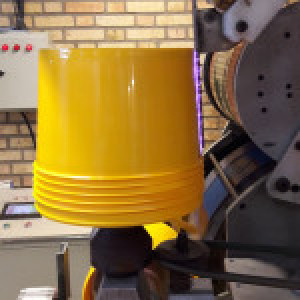| Plasma Engineering Idea Lab |

| Registration Date | 11 Apr 2018 |
| Revision Date | 11 Apr 2018 |
| Share |
Others Other products
Plasma treated polymerIt is known as plasma-treated polymeric surfaces consist of nanometric roughness. By adding plasma to the surface of polymer, its roughness increases by 11 nm as well as its contact angle reduces by 40%. According to ISO 2409 Cross-Cut test, paint adhesion rate on the surface of polymer increases from 4B to 5B after adding plasma as well. Nano-scale roughness on the polymer surface causes increase in paint adhesion on the surface.
Plasma technology has many useful applications. Plasma applications extend into a very large amount of industries such as automotive, electronics, medical, textiles, appliances and material science. Since, plasma technology is a relatively new emerging field, new plasma applications are still being discovered and researched. Most useful plasma applications revolve around the science of surface modification. Adhesion science and plasma technology go hand in hand. The goal of most plasma treatments is to alter surface characteristics to either raise or lower a surface’s ability to adhere. Essentially, the higher the material’s surface energy, the stronger that surface’s adherence capabilities are. A surface will undergo an adhesion treatment to allow paints and glues to adhere to it more effectively. This is especially useful when trying to paint certain plastics that normally have a very low surface energy.